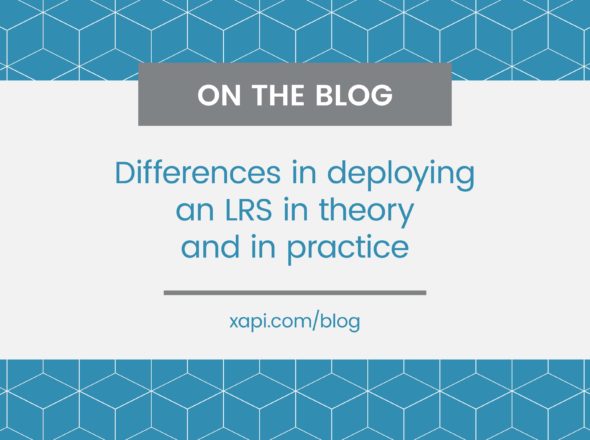To do accessibility well, presentation and content need to be able to be completely separated. xAPI allows this separation and does not add complication to it.
Why Section 508?
That’s similar to ‘Why xAPI?’ and I like that question, let’s go.
Meet Dave. Dave does an important job. He works for a state department of education cataloging, organizing, and distributing classroom technology to schools. Everyone in the state knows he is the guy to come to with questions about devices in the classroom. Dave sends funny, witty emails and answers questions concisely.
Dave is also handicapped. He cannot communicate verbally, he cannot hold himself upright, he cannot write, he cannot type with his hands, and he has vision problems. How in the world does he do his job? Excellent question. He uses a motorized chair with supports to keep his body in position. He can use his right hand just enough to operate the joystick on his chair to get around. He uses a pointer attached to his forehead to input into number alternative keyboards that control different things. He uses a screen reader to navigate the web and a voice augmentation device to communicate verbally. On top of all of that he uses software that suggests inputs (words or phrases commonly said, actions commonly done) to allow him to work faster.
All of these assistive technology devices, the alternative keyboard, the screen reader, the speech augmentation device, and the software work together to make sense of and navigate the content being presented because of the section 508 guidelines.
See what I did there? A bunch of learning technology can work together because of xAPI. Similar.
Without these, he would be lost on the internet and, frankly, the world. The 508 guidelines are not super hard and have a lot of web standards similarities.
They say things like…
- All images should have a html text equivalent
- All video and audio should have a synchronized html text equivalent
- Important visual, non-verbal actions in a video should be described in text with the spoken words. Giving the listener context, these are only included if they’re informative.
- Pages should use clear headings and proper tagging, they should be readable with the style sheet turned off.
- Frames can be used, but should be nested properly and not too deeply
- Flash confuses these devices a lot. Again, it’s possible to do it well, but it’s not easy
- Dynamic web content needs special markup to alert the user when a page has been changed since the initial load and tell them what has changed (Flash, jQuery, etc)
xAPI’s accessibility
One of the many awesome things xAPI does is it makes it possible to separate content from presentation very effectively. Just by following web standard in your design you are getting a long way to doing accessibility well. The Experience API allows statements to come from so many different interactions and types of tools that it truly becomes plumbing without getting in the way of the content creator or the presenter. Tools are designed and built as they need to be to support people well, accessibility and all. xAPI statements are made from the important interactions in the design, it does not tell you which interactions to put in to the design.
There are more benefits to doing section 508 accessibility well, see my next post about how xAPI data can be wildly better if it is.


